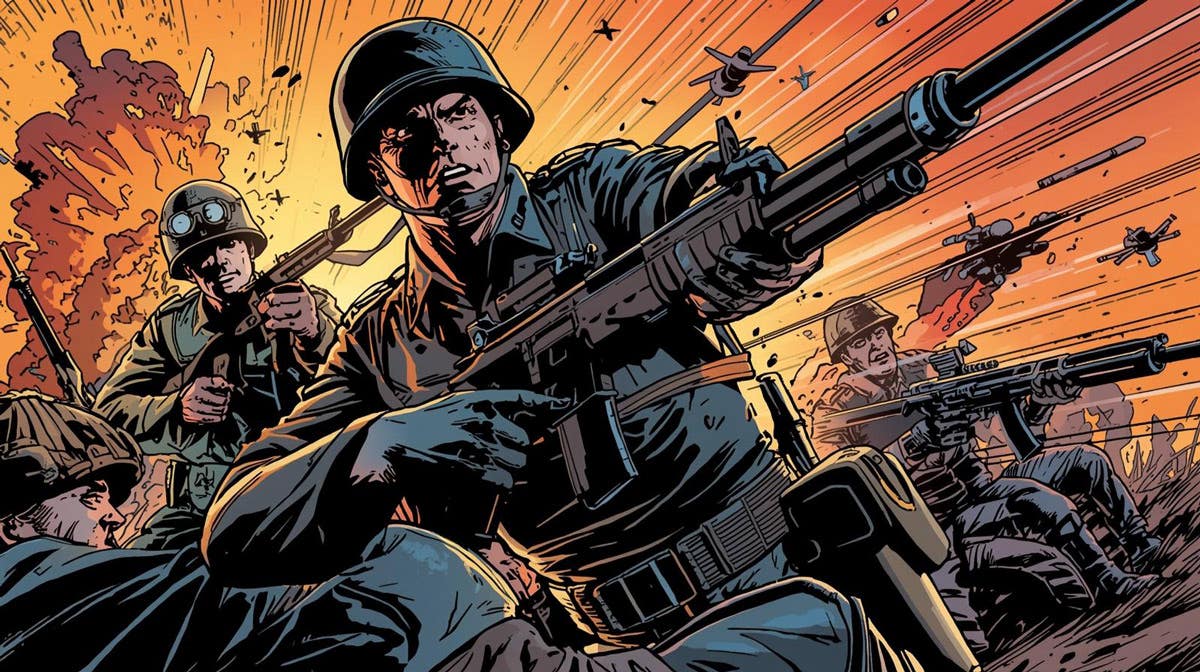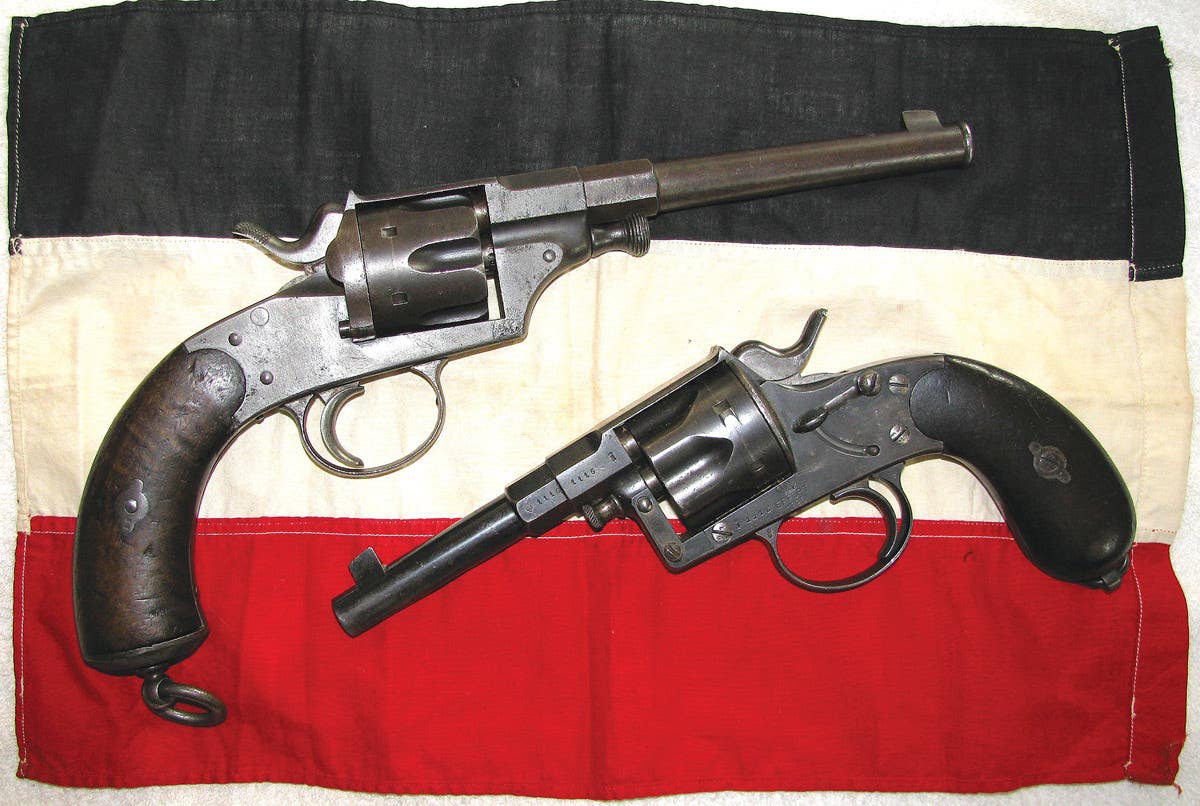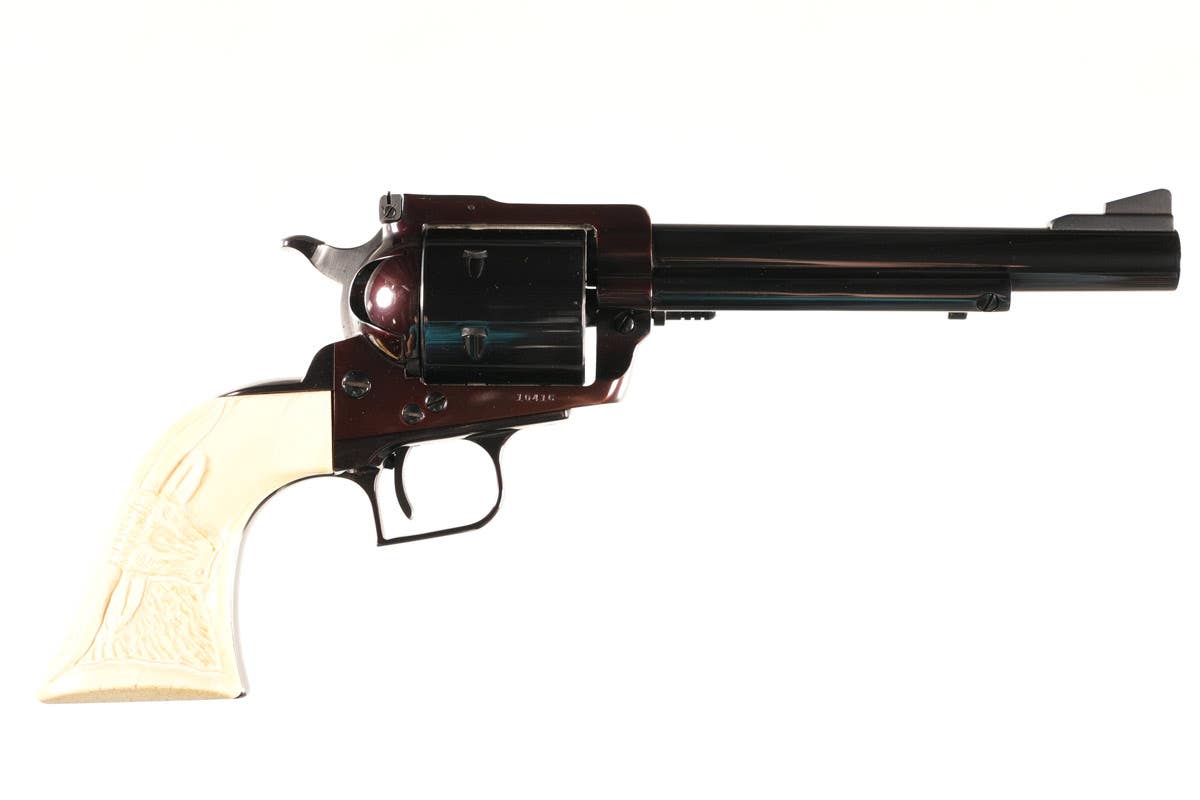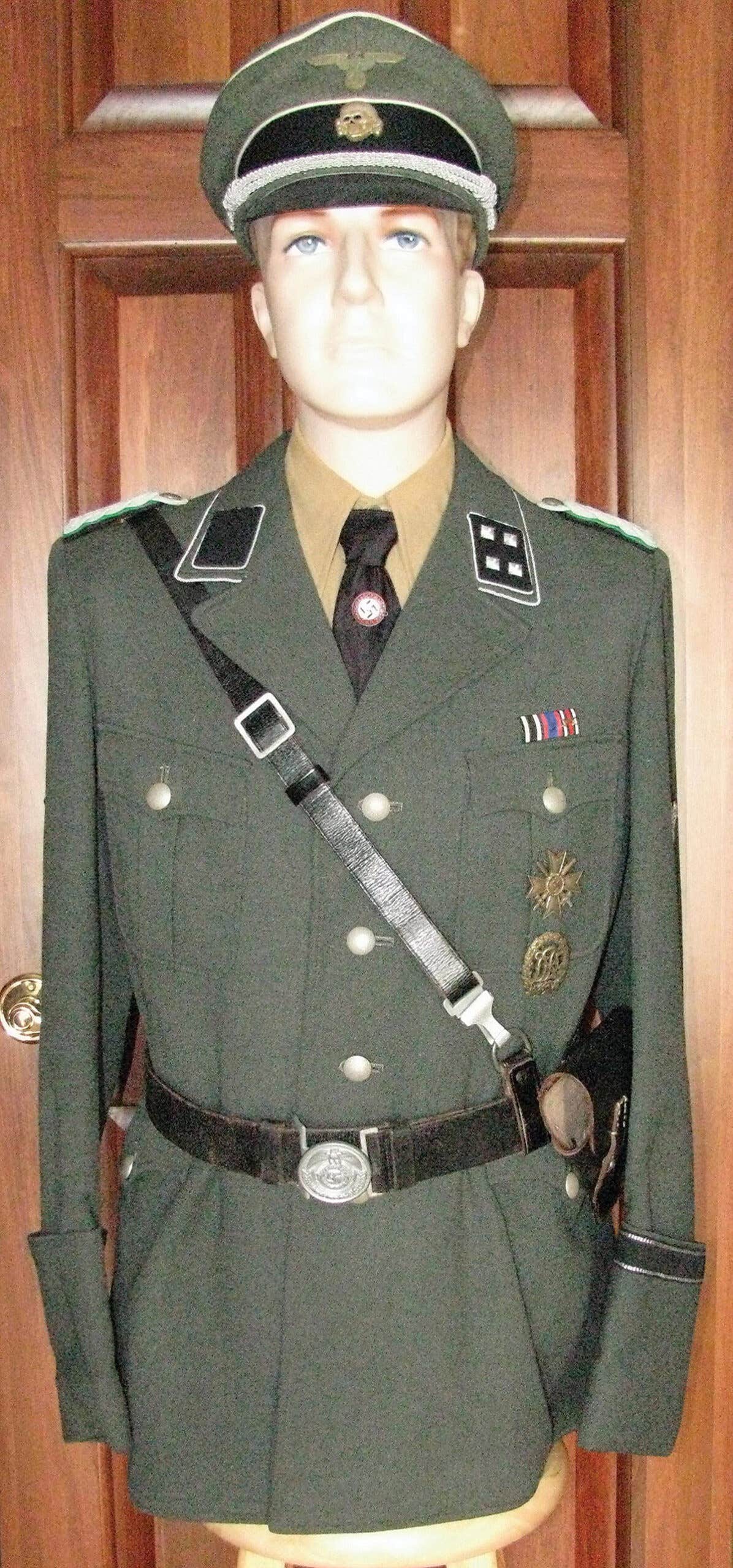Lili of the Lamplight
A surviving relic of her crew by Chris William On the morning of August 25, 1944, B-17-G number 44-6085 taxied into position on England’s Horham airfield. With engines at full…
A surviving relic of her crew
by Chris William
On the morning of August 25, 1944, B-17-G number 44-6085 taxied into position on England’s Horham airfield. With engines at full throttle, it thundered down the runway, rising to join the other “flying fortresses” bound for a long mission. The roaring bombers crossed over Denmark, then flew high above the East Baltic en route to blanket bomb the oil refinery in Pölitz, Germany, a primary target of the Allied bombing campaign.
As part of the 95th USAAF bomber group, the “Lili of the Lamplight”(named after a popular song), carried a regular crew of nine men plus a one-time passenger into the morning light. The aircraft was given her name by the plane’s previous flyers. Because of her nonstop schedule, however, she was never decorated with the corresponding nose art. Instead, she bore only a large “BG” and “S” on the side of her fuselage.
On board the heavy fortress that morning was pilot Lt. Albert Powell, co-pilot Lt. William Connor, navigator Lt. Donald Overdorff, bombardier Lt. Phillip Whalen, radio operator Sgt. Joseph “Peppe” Delio, waist gunners Sgt. Eldred Steffens and Sgt. Henry Schneider, ball turret gunner Sgt. Orlin Covel, tail gunner Sgt. Melvin Wilhelm, and Sgt. Berton Briley, the non-crewmember camera man.
This was the aircrew members’ twelfth operation together on “Lili.” Their first mission had been just a scant three weeks earlier. The flurry of high altitude bombing runs had taken them over Germany to targets in Munich, Hamburg, Zeitz, as well as a host of other places in both France and Belgium. On each mission, they defied the odds by passing through the fields of flak fire and enemy fighters, surviving for another day’s battle against the Nazi war machine.
Now on their 12th mission, Lili cruised at 25,000 feet and approached the heavily guarded area surrounding the Poelitz refinery at 1 o’clock in the afternoon. Suddenly, flak shell bursts appeared among the dense group of high-flying bombers. Within 5 minutes of the target, Lili was struck on the right side, causing Lt. Powell to feather the number 4 and 5 engines while attempting to keep the craft stable and in formation. This proved fruitless. Despite his efforts, the B-17 began a rapid descent of 1,000 feet per minute, slowly turning to the right in an arc.
As the fortress lost altitude, a second flak blast hit directly on the plane’s number three main fuel tank, causing one wing to explode and blow away from the fuselage. In a few frantic seconds, Lili fell several thousand feet before the nose section, pilot’s compartment, and remainder of the plane broke apart and cascaded toward the earth below.
As the pieces spun through the air, Lt. Powell, Lt. Connor, and Sgt. Steffens bailed out through the ragged holes in the pilot’s compartment. Lt. Whalen and Lt. Overdorff tumbled earthward in the nose section before each found openings in the wreckage and managed to release their chutes clear of the falling debris. Sgt. Delio was in the bomb bay during the explosion and fell through the open doors. Sgt. Briley, who had moved to the waist gunner position right above the number three fuel tank, had been killed by the violent explosion outside of his gun port. Opposite Briley, the other waist gunner, Sgt. Schneider, had been blown completely out of the plane by the explosion and had fallen several thousand feet before regaining consciousness and pulling his parachute ripcord.
Following the initial flak hit and loss of control, Lt. Powell issued orders over the intercom for the crew to abandon ship. Sgt. Wilhelm in the tail gunner position responded by asking over his radio if the “bail out” order had been given. Powell replied that he had given the order but heard no more from Wilhelm. This led him to believe that Wilhelm left the plane along with the others. However, neither Sgt. Wilhelm nor Sgt. Covel (in the ball turret gunner position) were able to get out of the craft once the plane broke apart and centrifugal force caused the fuselage to topple wildly to the earth. (Later investigations surmised that Covel had been either severely wounded or instantly killed by the second flak detonation).
Of the 10 brave souls who began that morning’s journey in the B-17, only seven parachuted, dropping into the hostile enemy countryside as the pieces of the once magnificent flying fortress fell into Stettin Lake near Schwabach-Schwankenheim.
Sgt. Schneider, who had been lucky enough to wake up and deploy his chute while free falling, had his good fortune quickly run out when he hit the ground hard enough to break his left ankle. He, along with Powell, Connor, and Steffens were immediately tracked down and arrested by German soldiers from the flak positions.
Following their capture, Schneider was taken to a local hospital to have his foot injury treated, then transferred to the military hospital at Stettin Luftwaffe headquarters. Powell, Connor, and Steffens were taken directly to the Luftwaffe headquarters in Stettin, then transferred to the Dulag Luft - Oberursel (a German interrogation camp for newly captured aircrew personnel, located to the west, near Frankfort on Main). After recuperating, the Germans shipped Schneider to the Dulag Luft. Once there,the Germans informed Scneider that they had found bodies of his crewmates killed in “Lili’s” wreckage.
The three remaining aircrew members who had landed safely in the German countryside hid from the pursuing enemy. Lt. Overdorff was successful in evading the German authorities for five days before being captured the evening of August 30. The Germans found him in a wooded area near the small village of Hagenwalde.
Lt. Whalen and Sgt. Delio fared somewhat better as they attempted to make their way towards the Allies in the west. On September 4, ten days after their horrifying bailouts, they were captured near the Trampke b. Stettin railway station as they waited to catch a train to escape. The three new detainees joined their crewmates at the Dulag Luft where they endured the long process of constant interrogations, boredom, deprivations, and fear until they were liberated by the Allied forces following Germany’s capitulation on May 8, 1945.
From the POW camp, the seven crew members of “Lilli” were taken to US Camp Lucky Strike in Janville, France. They remained there until the end of May 1945, strengthening their malnourished bodies and revitalizing themselves for the long road back to their lives in the States.
Though spending a relatively short time together, the members of “Lilli’s” crew lived through experiences that many people would have rather forgotten. After the war, they kept in touch, sharing their experiences of what they had been through. The members of that fated ship — along with the thousands of other U.S. air crewmen — exemplified bravery and determination through the most horrendous circumstances while delivering the fight to ensure an Allied victory over the Nazi regime.
Chris William has been a long-time member of the collecting community, contributor to Military Trader, and author of the book, Third Reich Collectibles: Identification and Price Guide.
"I love to learn new facts about the world wars, and have had the good fortune to know many veterans and collectors over the years."
"Please keep their history alive to pass on to future generations".








